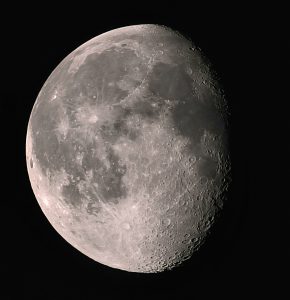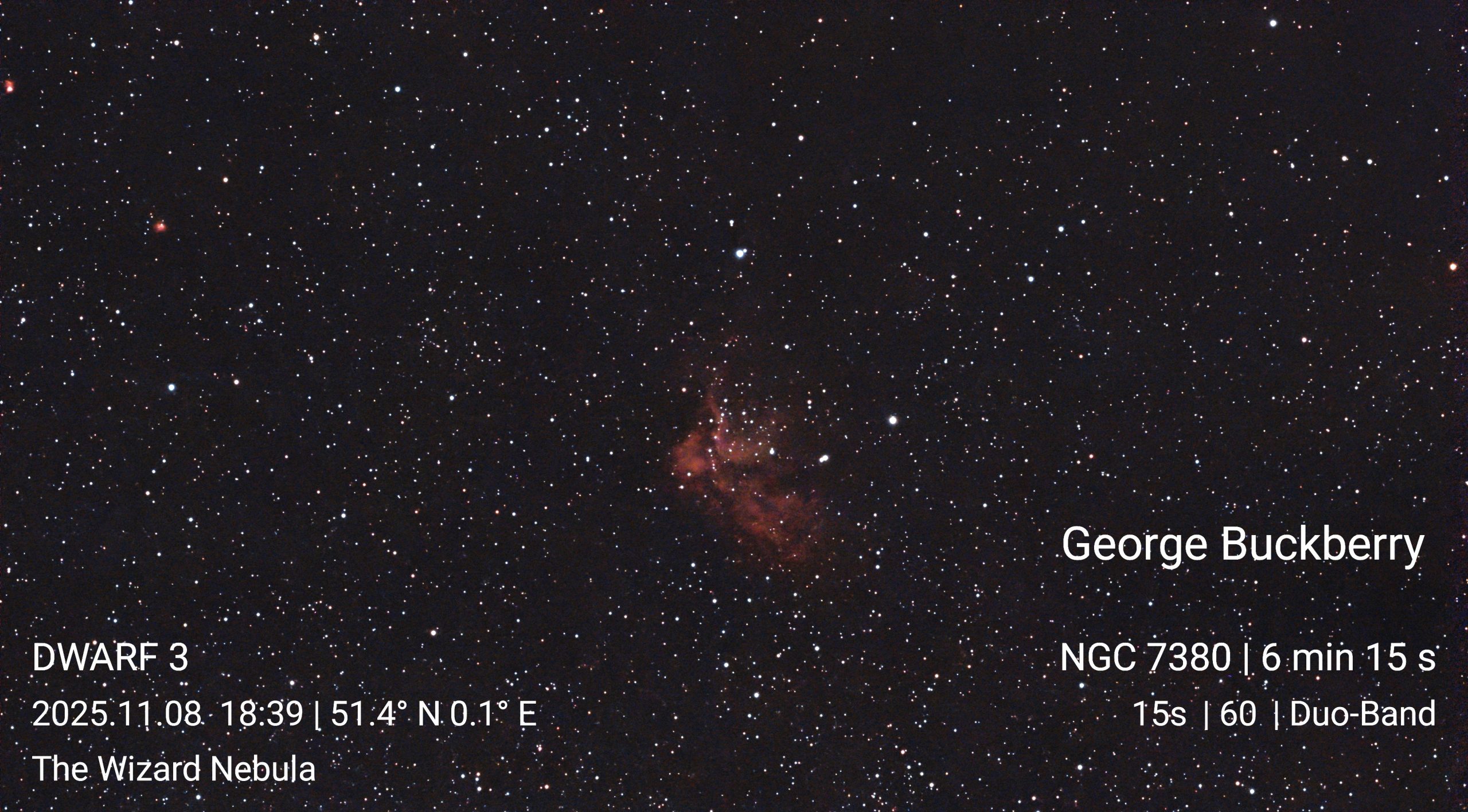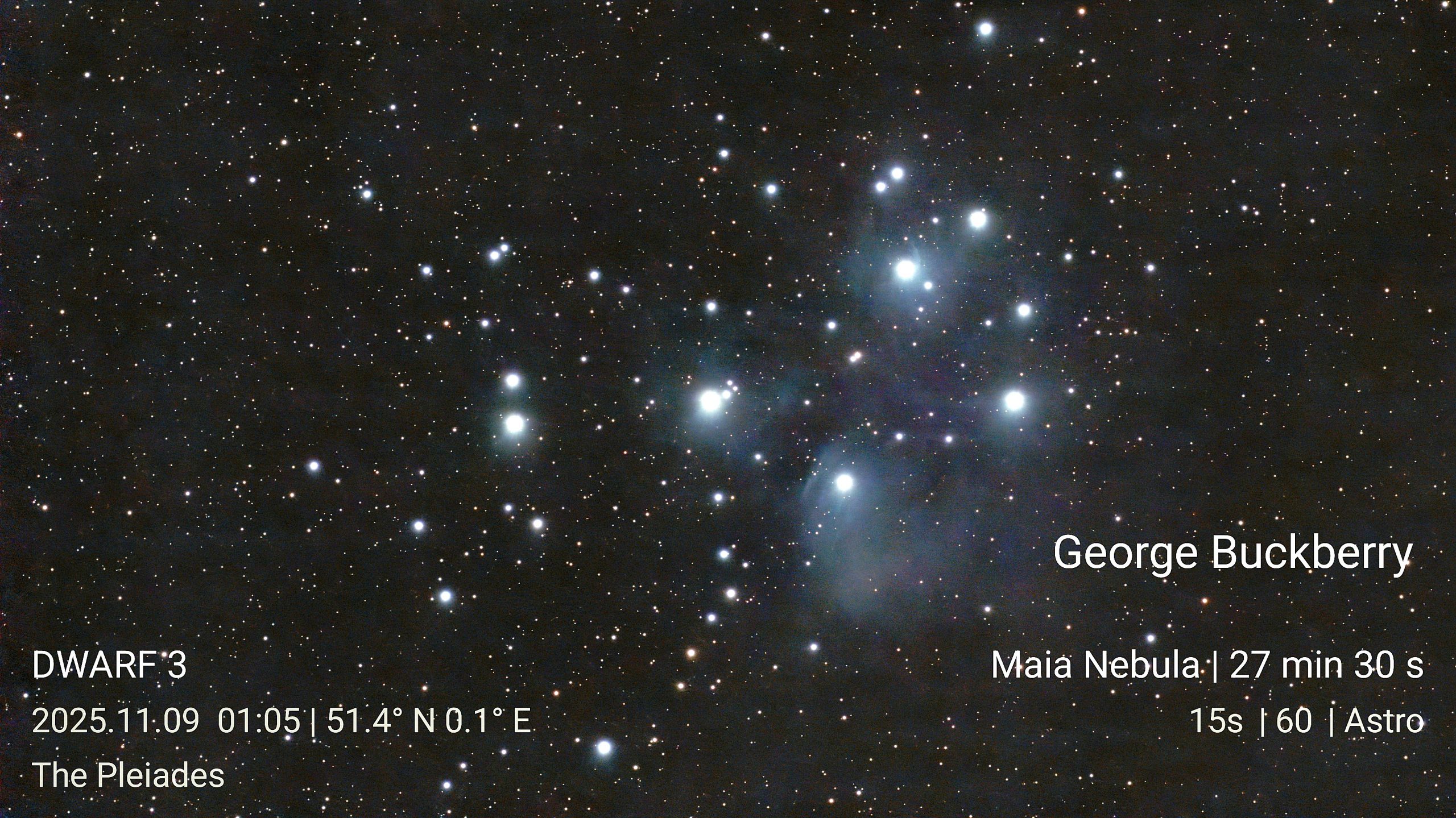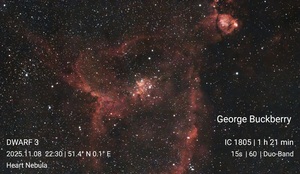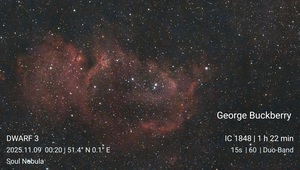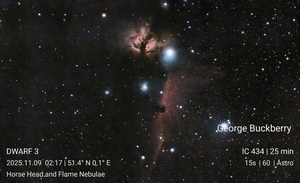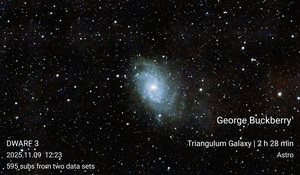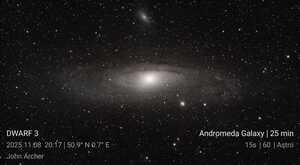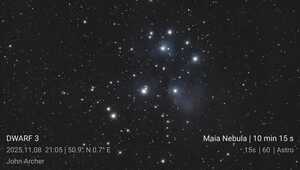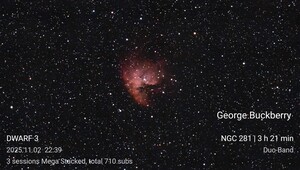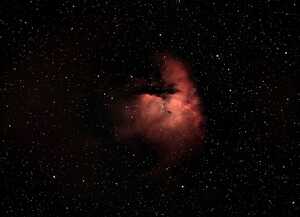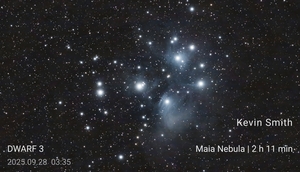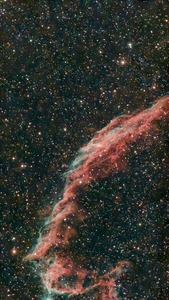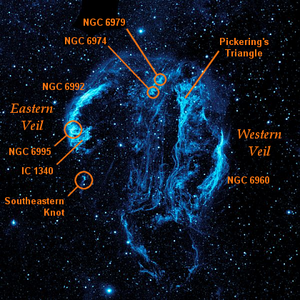[et_pb_section fb_built="1" _builder_version="4.27.4" _module_preset="default" global_colors_info="{}"][et_pb_row column_structure="1_2,1_2" _builder_version="4.27.4" _module_preset="default" global_colors_info="{}"][et_pb_column type="1_2" _builder_version="4.27.4" _module_preset="default" global_colors_info="{}"][et_pb_text _builder_version="4.27.4" _module_preset="default" global_colors_info="{}"]
The latest images from member George Buckberry. Taken using a Dwarf3 smart scope.
[/et_pb_text][/et_pb_column][et_pb_column type="1_2" _builder_version="4.27.4" _module_preset="default" global_colors_info="{}"][et_pb_image src="https://crayfordmanorastro.com/wp-content/uploads/2025/11/C2025-R2-SWAN-scaled.jpg" title_text="C2025 R2 SWAN" _builder_version="4.27.4" _module_preset="default" global_colors_info="{}"][/et_pb_image][/et_pb_column][/et_pb_row][et_pb_row column_structure="1_2,1_2" _builder_version="4.27.4" _module_preset="default" global_colors_info="{}"][et_pb_column type="1_2" _builder_version="4.27.4" _module_preset="default" global_colors_info="{}"][et_pb_image src="https://crayfordmanorastro.com/wp-content/uploads/2025/11/M31-17Nov25-scaled.jpeg" title_text="M31 17Nov25" _builder_version="4.27.4" _module_preset="default" global_colors_info="{}"][/et_pb_image][/et_pb_column][et_pb_column type="1_2" _builder_version="4.27.4" _module_preset="default" global_colors_info="{}"][et_pb_image src="https://crayfordmanorastro.com/wp-content/uploads/2025/11/M33-17Nov25-scaled.jpeg" title_text="M33 17Nov25" _builder_version="4.27.4" _module_preset="default" global_colors_info="{}"][/et_pb_image][/et_pb_column][/et_pb_row][et_pb_row column_structure="1_2,1_2" _builder_version="4.27.4" _module_preset="default" global_colors_info="{}"][et_pb_column type="1_2" _builder_version="4.27.4" _module_preset="default" global_colors_info="{}"][et_pb_image src="https://crayfordmanorastro.com/wp-content/uploads/2025/11/M45-18Nov25-scaled.jpeg" title_text="M45 18Nov25." _builder_version="4.27.4" _module_preset="default" global_colors_info="{}"][/et_pb_image][/et_pb_column][et_pb_column type="1_2" _builder_version="4.27.4" _module_preset="default" global_colors_info="{}"][et_pb_image src="https://crayfordmanorastro.com/wp-content/uploads/2025/11/M51-18Nov25-scaled.jpeg" title_text="M51 18Nov25" _builder_version="4.27.4" _module_preset="default" global_colors_info="{}"][/et_pb_image][/et_pb_column][/et_pb_row][/et_pb_section]

